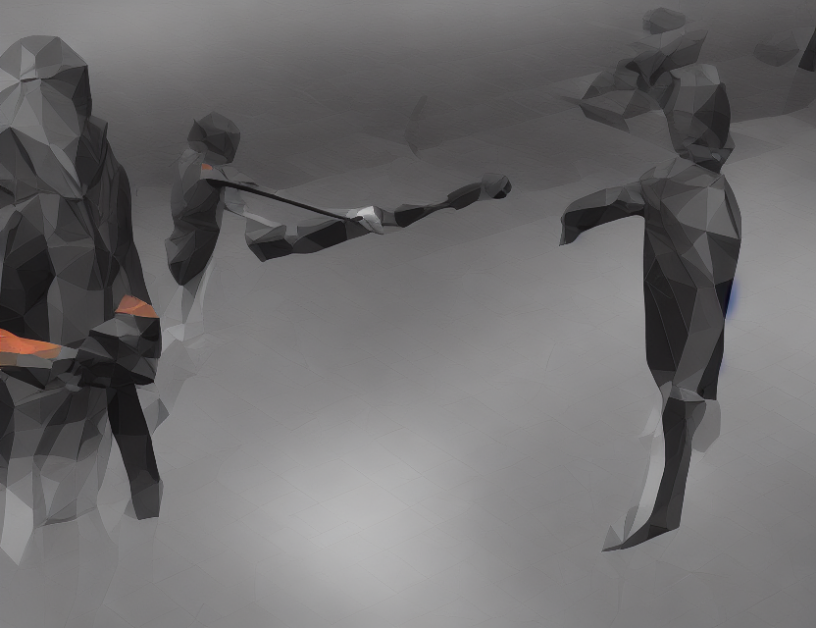Image reflection removal is a crucial task in computer vision, as it can significantly improve the quality of images and videos. In recent years, deep learning techniques have been widely adopted to address this problem. However, understanding the underlying principles of these techniques remains a challenge for many researchers. This article provides a comprehensive overview of the state-of-the-art methods for image reflection removal, demystifying complex concepts through engaging analogies and everyday language.
Section 1: The Problem of Image Reflection Removal
Image reflection removal is the process of removing unwanted reflections from images and videos, which can be caused by various factors such as lighting conditions, camera settings, or environmental factors. This problem has been extensively studied in computer vision due to its importance in applications such as surveillance, medical imaging, and virtual reality.
Section 2: Traditional Methods for Image Reflection Removal
Traditional methods for image reflection removal include filtering techniques, such as median filters or Gaussian filters. These methods are simple and computationally efficient but may not provide satisfactory results in terms of quality. Other methods, such as edge-preserving filters or wavelet-based approaches, can provide better results but are often limited by their reliance on hand-crafted features or their computational complexity.
Section 3: Deep Learning Techniques for Image Reflection Removal
Deep learning techniques have revolutionized the field of image reflection removal in recent years. These methods learn a mapping between the original image and its reflection-free version using a deep neural network. The key advantage of these methods is their ability to learn complex features and patterns that are not easily captured by traditional techniques.
Section 4: Generic Deep Architectures for Image Reflection Removal
Generic deep architectures, such as generative adversarial networks (GANs) or variational autoencoders (VAEs), have been proposed for image reflection removal. These models learn a probabilistic representation of the image and its reflection, allowing for flexible and efficient reflection removal.
Section 5: Ablation Studies and Comparison with Traditional Methods
Ablation studies and comparison with traditional methods demonstrate the superiority of deep learning techniques for image reflection removal. These studies highlight the importance of carefully designing architectures and hyperparameters to achieve optimal results.
Conclusion
In conclusion, this article has provided a comprehensive overview of the state-of-the-art techniques for image reflection removal. By demystifying complex concepts through engaging analogies and everyday language, we hope to have contributed to the understanding of this important problem in computer vision. As deep learning techniques continue to advance, it is likely that image reflection removal will remain an active area of research with exciting developments on the horizon.



